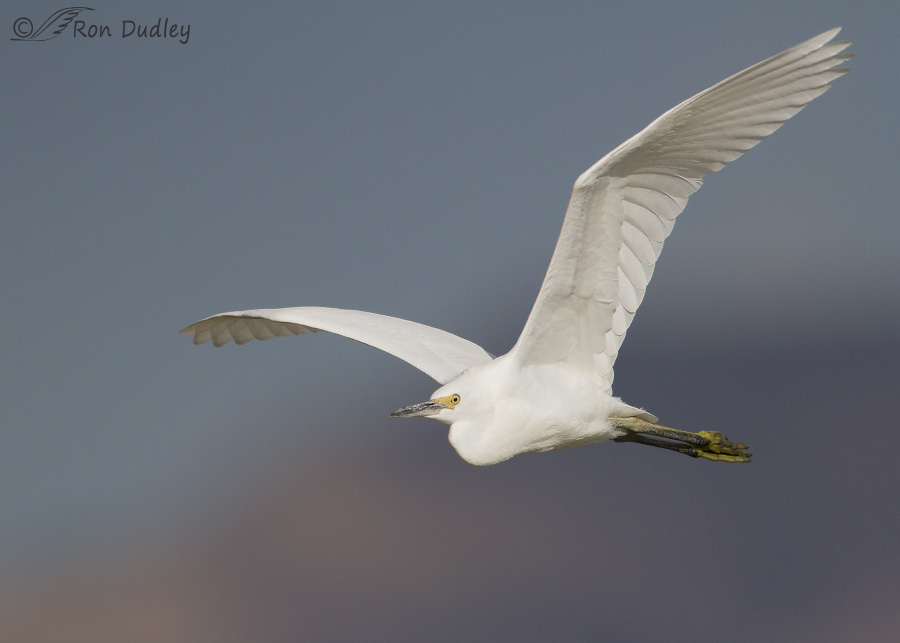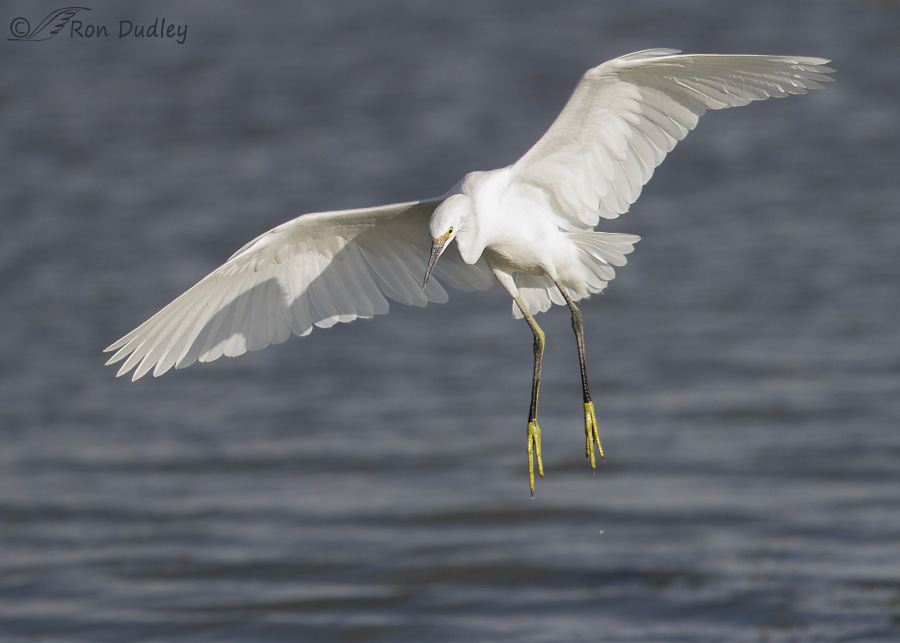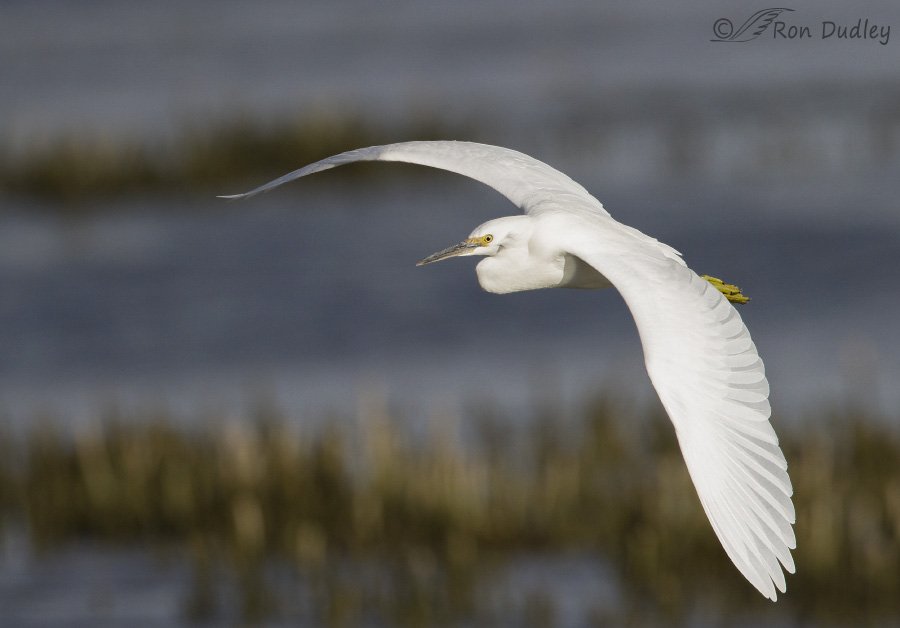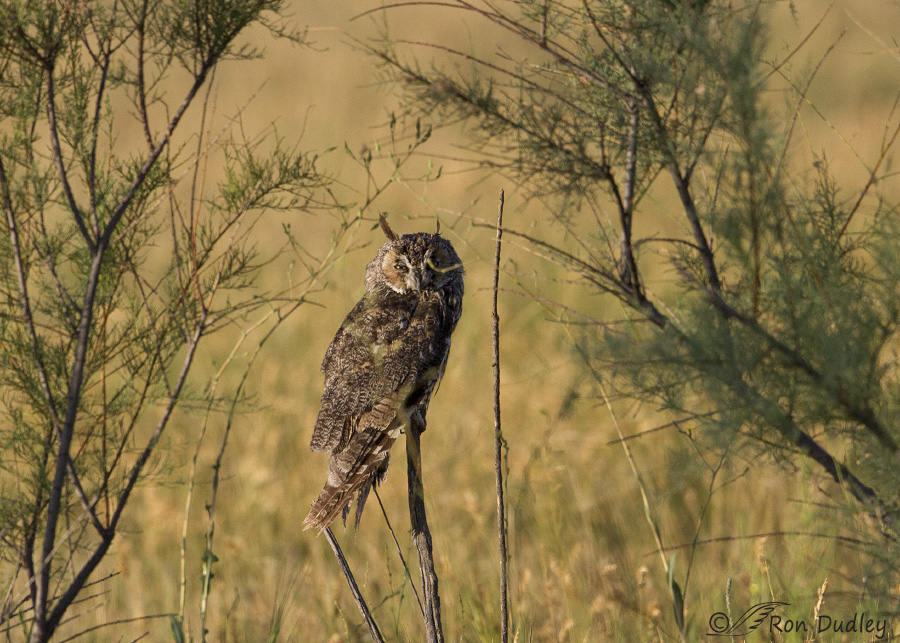I don’t post Snowy Egrets very often. Maybe that’s because they’re such a difficult subject to expose properly.

1/5000, f/6.3, ISO 400, Canon 7D, Canon EF 500mm f/4L IS II USM + 1.4 tc, not baited, set up or called in
Two days ago I spent some time photographing them in flight at Bear River Migratory Bird Refuge and I screwed up the exposure in lots of those shots. With changing light on a bright white bird and a background that alternated between deep shade and bright sunlight I really gave the dials and buttons on my camera a workout. Here the Promontory Mountains form part of the background and I like the way they break up the plain blue sky.

1/2500, f/6.3, ISO 640, Canon 7D, Canon EF 500mm f/4L IS II USM + 1.4 tc, not baited, set up or called in
When coming in for a landing they typically dangle those trademark “golden slippers” which are so distinctive of this species.

1/3200, f/6.3, ISO 640, Canon 7D, Canon EF 500mm f/4L IS II USM + 1.4 tc, not baited, set up or called in
Something a little unusual about this image caught my eye – do you see it?
At first I couldn’t figure out why the end of the right wing is shaded – given the position of the sun it shouldn’t be. The only explanation I can come up with is that there must have been another bird in flight somewhere above the egret.
I include this last image for documentary purposes only – the owl was far away, partially buried in vegetation and pretty scruffy looking.

In all my years of photographing birds at Bear River I’ve never seen a Long-eared Owl out there until two days ago. I thought I’d include this image as a heads-up so locals can keep an eye out for this bird as it may stick around for a while. There’s a few LE Owls on nearby Antelope Island and I wondered if this bird was chased off the island by the recent fire and smoke.
Ron


Oooh. And ahhh.
Is it just me? I can clearly see hints othe Egret’s dinosaur ancestors in its shape. Particularly in the first and third shots.
And owls are always a gift.
Nope, it isn’t just you, EC – many herons have that same primitive look, including the Great Blue.
Snowy Egret pictures are great! So is the LE Owl if only that you caught it in the open – sort of!
Thank you, Judy.
Ron, what white balance setting do use?
jake
Jake, I use auto white balance, always.
Now that old curiosity itch is plaguing me…WHAT is causing that shadow on the egret’s wing? If it’s another bird, WHAT Is the other bird? Is it nearby? Is it another egret? That owl picture has wonderful composition! The owl certainly has chosen an uncomfortable looking perch for itself…….
Patty, if it’s caused by another bird it was most likely an ibis or another egret. There were lots of both out there and they were often flying around in the wind.
All wonderful shots Ron!
Charlotte Norton
Thanks, Charlotte.
Great shots of the Snowy Egret.
My experience with Long-eared Owls is the same as Susan’s. Never have seen them in the open!
My guess for not knowing your area at all is to agree with you that this Long-eared was displaced by the fire.
I was on the island again this morning, Dick. Never seen it so slow for birds out there. Hopefully some of them will return soon, or migrators will come in to take their place.
Compared to when I’ve seen them, your Long-eared Owl is out in the open. The ones I’ve seen were ensconced in the middle of live oak trees and very hard to spot, let alone photograph. Snowy Egrets are gorgeous birds and I particularly like the backgrounds in the first two shots (my eyes get crossed up with the last one).
Susan, this was only the second LEO I’ve photographed. I suspect the reason for that is exactly what you mention – their tendency to be buried in vegetation and hard to spot.
Hi Ron
Beautiful Images. the whites are spot on and the background is excellent.
What i like about your photography is the natural colors and amazing sharpness.
Would you be able to tell us how you manage to get so natural colors. I dont seem to be getting that even after many retries. I do not touch the saturation slider in DPP.
Any quick tip you could provide. My body tends to produce noise post 400. Is that a likely reason for the not so pleasing colors ? Sorry to hijack the post. If you think its off topic please ignore.
Nope, it’s not hijacking at all, Nikhil.
I’m not sure why you think my colors are more natural than yours. Different camera brands process colors differently but usually it’s not a significant difference. My colors are usually exactly how they came out of the camera – the only time I (occasionally) adjust saturation slightly is when an image is taken in very low light.
Wish I could be of more help…
Could nikhil maybe be using a different temperature???? Cloudy gives warmer colors sunny bluer. ??????
Good question, Marina.
Hi Ron and Maria
Thanks for the reply. Cool. I usually set it to Auto ISO.
for eg this one has a very cartoonish color. https://goo.gl/photos/3rC2kAirmA7WGAZf6